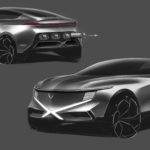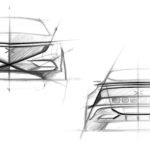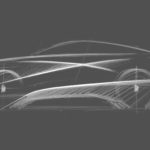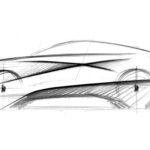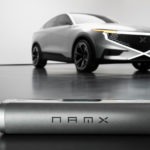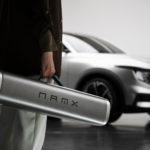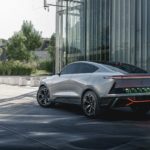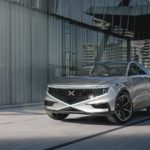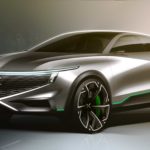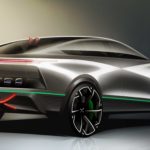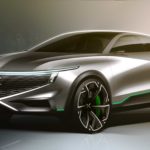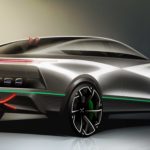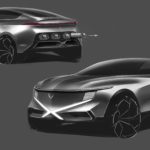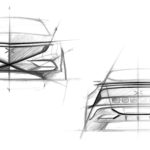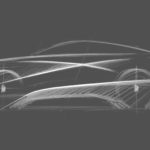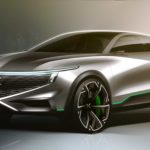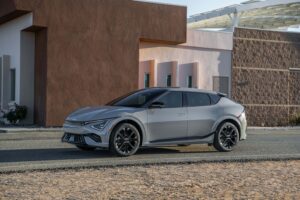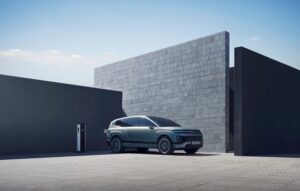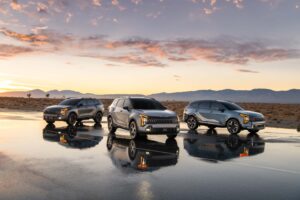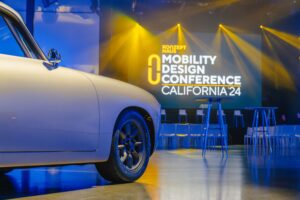NAMX and PININFARINA unveil the HUV, a hydrogen-powered SUV, at Goodwood’s Future Lab
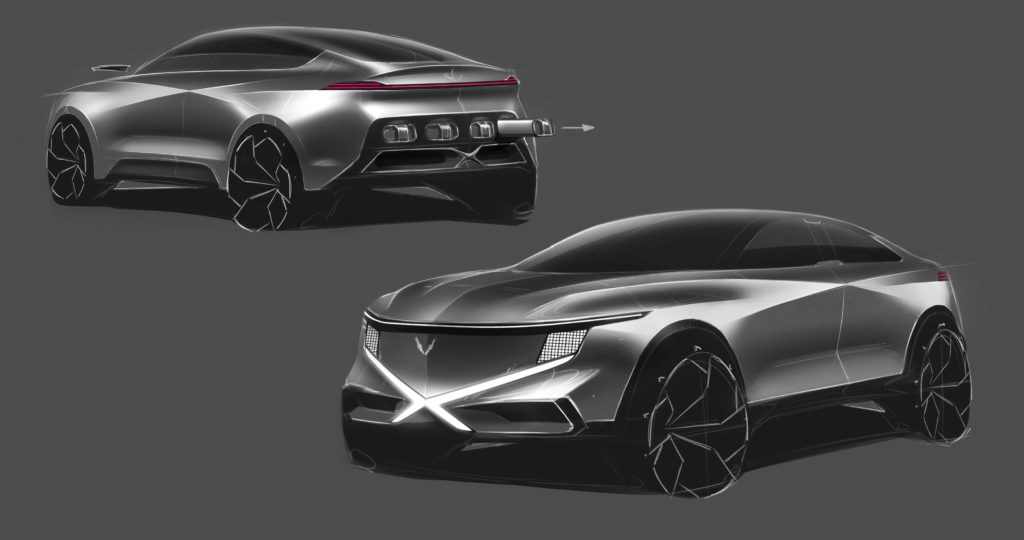
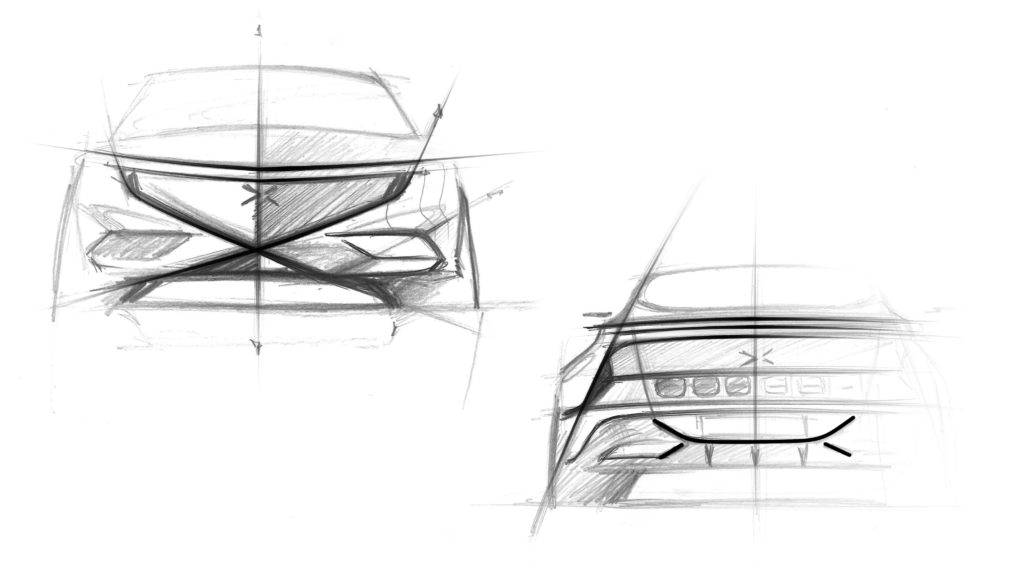
NamX, in collaboration with Pininfarina, announces its participation in the prestigious Goodwood Festival of Speed, taking place from 13th to 16th July in the United Kingdom. This renowned event, known as the world’s greatest celebration of motorsport and car culture, will serve as the backdrop for the presentation of the NamX HUV concept in the Future Lab. Designed by Pininfarina in collaboration with the DE LUSSAC design studio, the HUV represents a significant leap forward in hydrogen-powered mobility, offering a seamless and carbon-free experience.
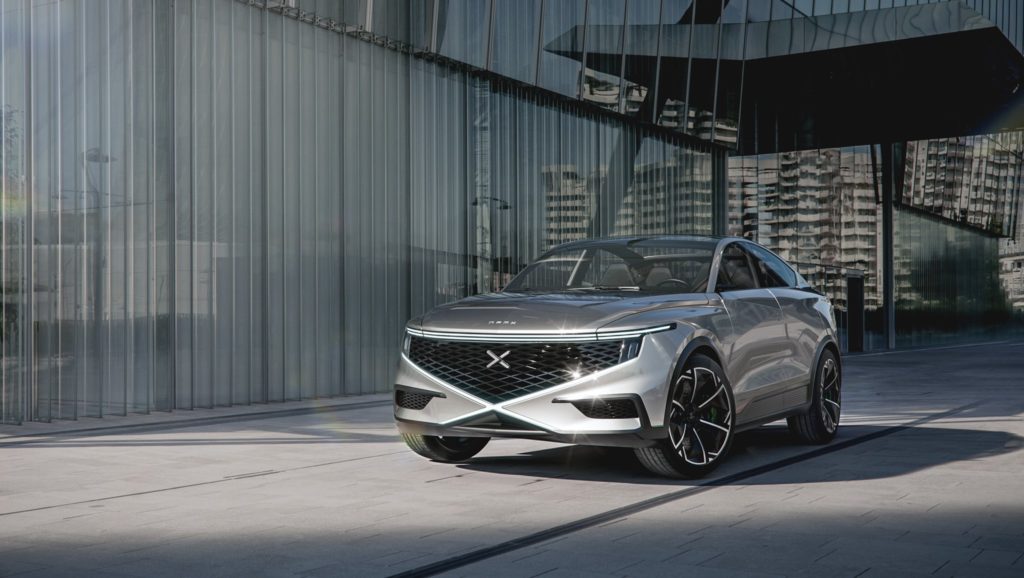
As a new player in the automotive industry, NamX strives to bring fresh perspectives and innovative solutions to the market. The HUV concept represents a significant milestone in NamX’s vision to make green hydrogen accessible worldwide. Working hand in hand with Pininfarina, NamX has reimagined the traditional SUV design with modern curves and integrated hydrogen power. At the heart of the HUV concept lies an innovative removable tank system that partially fuels the vehicle with hydrogen capsules, marking a revolutionary milestone in clean and sustainable mobility. By leveraging this patented technology, NamX aims to change the paradigm of clean mobility. The HUV model features a series of six hydrogen capsules in the rear of the car, providing an impressive range of 700 to 800 kilometers. These capsules can be recharged at hydrogen filling stations, delivered to the user, or conveniently obtained from CapXtores, ensuring hydrogen accessibility for all.
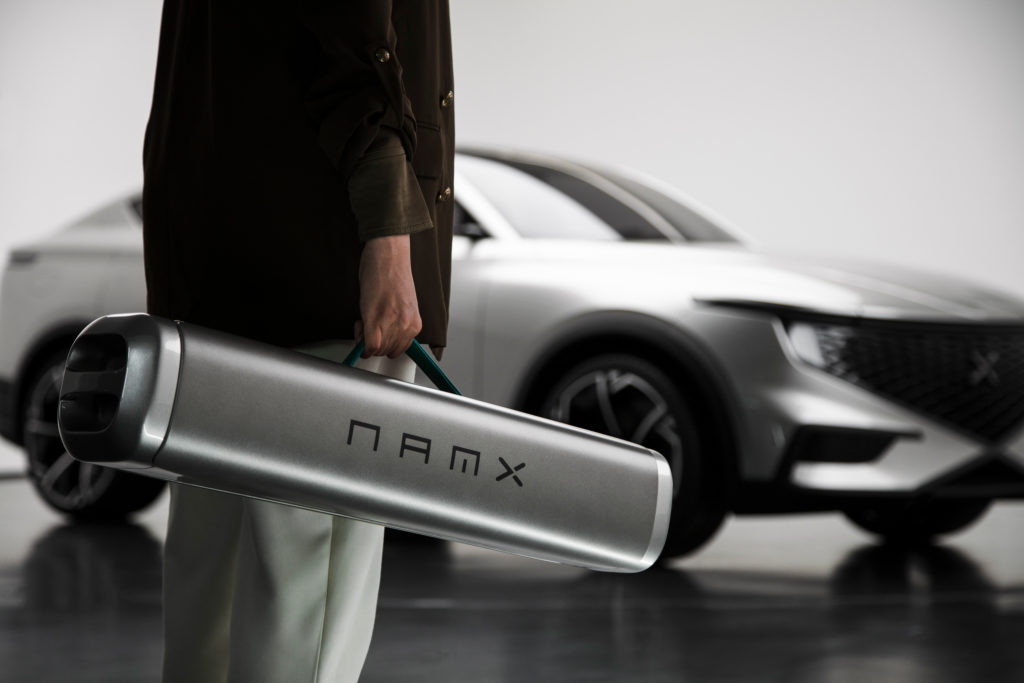
The Future Lab, returning for its sixth year, will serve as the platform for the NamX HUV concept’s showcase. This exhibition, located at the heart of the Festival of Speed, focuses on “Technology for a Better World.” Within this mission, the Future Lab presents four themes that highlight 24 pioneering international companies, laboratories, and innovators. NamX, in collaboration with Pininfarina, will be featured in the area named “Powering the Future”, that will present solutions to power the future efficiently, cleanly and at speed; from new fuels and propulsion methods to meet the world’s mobility requirements, to large-scale sustainable energy sources and powerful advances in computing to transform global industries.
“We are honored to be featured in the Future Lab as a technological solution for a better world. The HUV represents more than just a design; it embodies innovation at its core. Our dual ambition is to become a leading name in zero-emission vehicles and continuously explore new frontiers to enhance consumer mobility. NamX is a collaborative project that brings together the finest industrial and technical partners across Europe and Africa,” stated a NamX representative.
Pininfarina, renowned for its design expertise, is excited to showcase its dedication to innovation and user experience through the NamX HUV at Goodwood. “Being at Goodwood with this revolutionary project demonstrates that Pininfarina is not only about pure design; it is also about bringing our vision of a sustainable future to life. The NamX HUV perfectly aligns with our DNA of inventing the best driving experience for infinite mobility, with style,” declared Paolo Pininfarina, Chairman of Pininfarina.
The recent recognition by the Chicago Athenaeum, awarding the NamX HUV the Green Good Design Sustainability Award 2023 in the Green Transportation category, further validates Pininfarina’s expertise in designing innovative and sustainable solutions.
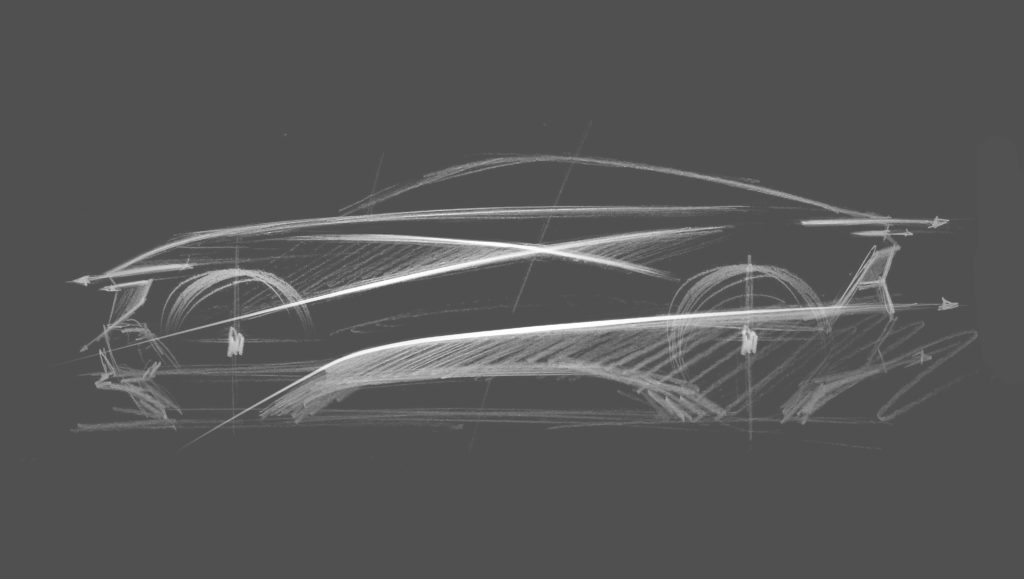
A futuristic SUV with solid performances, designed with style
Fruit of a collaboration between NAMX and PININFARINA, the design of the car reflects a firm attention to details and purity. The inventiveness of Thomas de LUSSAC, also designer of the NAMX, was reinforced by the unique know-how of PININFARINA design team to design a prototype that is both resolutely future-oriented and inspired by multiple facets.
Fascinated by science fiction, Thomas de LUSSAC chose to give the vehicle’s shape the cutting edge of the coming era. His taste for the American design of the 50s and 60s, his predilection for “Muscle Cars”, inspired him to create a car that goes against the current, smooth, conventional design of electric cars. The NAMX HUV is powerful and asserts a conquering stance. PININFARINA has brought Italian elegance and an unparalleled sense of proportion and detail to the design, right down to the brand’s X engraved on the doors in continuous lines and repeated on the grille.
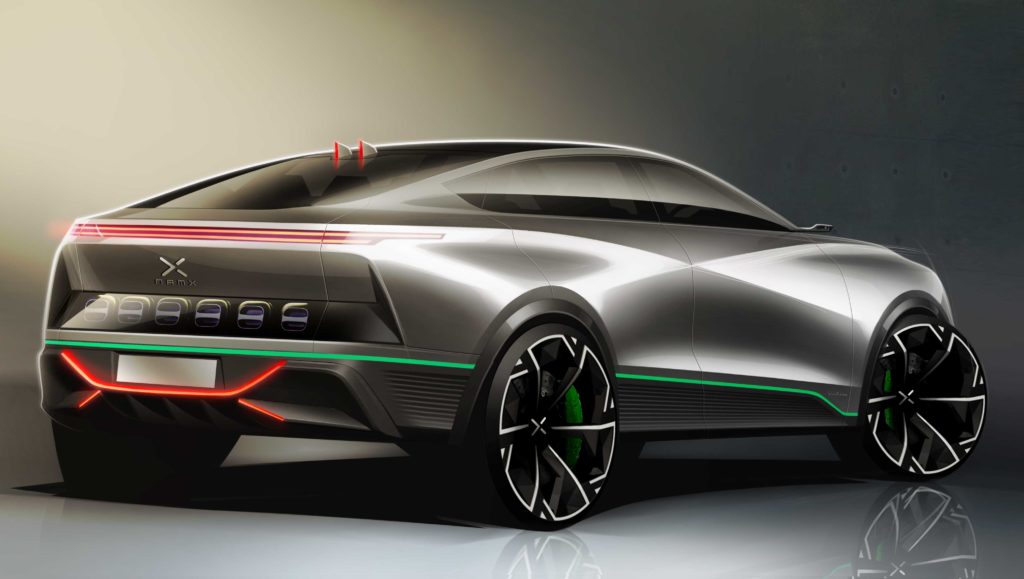
HUV concept, the design story by Pininfarina
Pininfarina has always been at the most advanced frontier of a new automotive mobility experience and has always looked carefully at hydrogen in the last 15 years by investing in studies and prototypes in collaboration with start-ups that are fully committed in new technologies. In 2008 Pininfarina integrated the concept of connected cars and automated mobility in the car and unveiled its hydrogen fuel cell concept car, the Sintesi, at the Geneva Motor Show. In 2016 Pininfarina presented its vision of a high-performance track car based on revolutionary hydrogen fuel cell technology, the H2 Speed. In 2019, at the Shanghai Motor Show, Grove Hydrogen Automotive Company announced a wide-ranging cooperation with Pininfarina subsidiary in Shanghai. Pininfarina’s commitment to hydrogen goes beyond the car. In 2021 the most powerful 100% hydrogen and electric racing truck ever built has been presented by Gaussin Group and the design of the range has been entrusted to Pininfarina. And today, in this collaboration with NAMX, Pininfarina brings this enormous wealth of experience applied for the first time to a mass-market SUV.
Pininfarina and NAMX redefined a completely new creative approach while designing together the HUV. This is a “next generation” car. A futuristic fusion of muscular main volumes, aggressive graphics, and a touch of retro around the lamp elements. Viewed from any angle, this car is unmistakably a NAMX.
A new design language and identity has been created for NAMX, not just to celebrate a new brand, but really give an all-new meaning to the innovative hydrogen concept never seen before. Stylistically speaking, the HUV consciously adopts a contrasting image as compared to the current “green design” approach of our time.
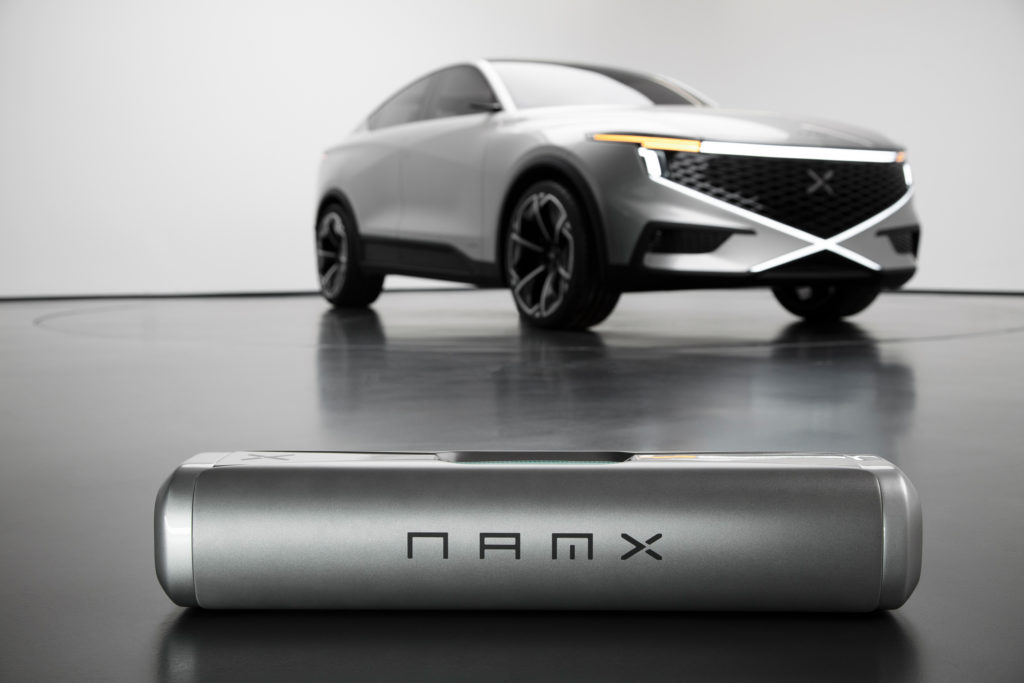
The project commenced by first designing the removable hydrogen tanks and understanding what would be the best way to integrate them into the car from a functional, ergonomic and user experience point of view. Keeping in mind the positioning of its occupants and the intricate packaging of the tanks and the rear, the overall volume of the vehicle started to take shape. As a result, the NAMX HUV could probably be the first car in Pininfarina’s history designed from the back to the front. As one approaches the HUV from the side, one cannot miss the cars high-slung, wedge silhouette. The HUV boasts a purposeful nose, a rising body-side that eventually culminates in an extremely powerful and muscular rear volume.
Still on the side, two intersecting lines subconsciously create an “X” – a deliberate attempt to visually read the brand name NAM”X” within the cars surfacing. Powerful wheel fenders flare outwards from the “X” and wrap around the extremity of the vehicle, enough to create the entire volume. This simple and iconic gesture ties together the entire car and is unmistakably Pininfarina in its philosophy. The “X” is also at the heart of the concept’s graphics. The imposing front grille maximizes cooling requirements for the fuel cells, while its contour and that of the charge lamp is a nod to the “X”. The wide, horizontal coast-to-coast lamps cap off the front fascia. It is also the icing on the cake to the rear tank deck, which on its own is a symphonic standalone work of art.
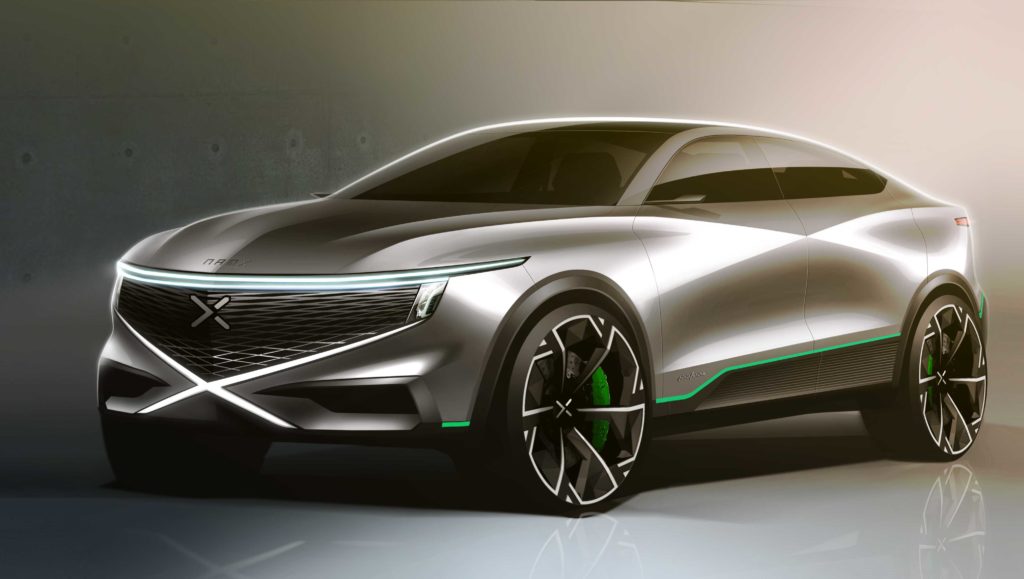
NAMX Digital Design Process
The NAMX HUV is proud to demonstrate several “premieres” concerning the design process. Following the learnings from the Teorema concept car, the first Pininfarina concept car completely developed by using VR technologies, the HUV is the first physical show car in the history of Pininfarina designed entirely digitally.
Augmented reality working sessions substituted the need for milling polystyrene foam models to carry out volumetric checks. This allowed the designers to explore multiple variations simultaneously, update volumes in real time and thus save precious time from one mill to another.
Pininfarina’s senior management carried out traditional “tape drawing” sessions directly in Alias. This is something unheard off for senior management in the automotive design industry and directly permitted control of curves in space, rather than conventionally sliding tapes on existing surfaces.
The team created digital “shade cards” using high-end visualization software, in a multitude of natural and artificial environments, to narrow down on selecting the exact samples desired. This allowed the team to create precise one or two final physical “shade cards”, in no time.

